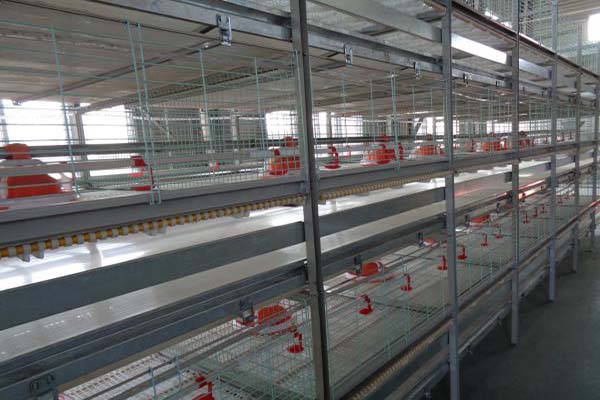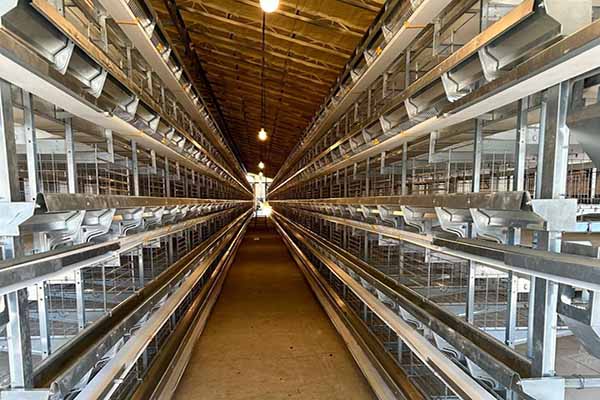Can Cages Be Used in Extreme Cold Conditions? A Comprehensive Guide for Poultry Farm Owners and Investors
In the poultry industry, maintaining optimal conditions for poultry is crucial for productivity and health. One question that often arises is whether cages can be effectively used in extreme cold conditions. This article delves into this topic, providing insights for poultry farm owners and investors.
Understanding Cold-Weather Challenges
Extreme cold can pose several challenges for poultry farms, including increased energy costs, potential health risks for birds, and the need for more intensive management.

- Increased Energy Costs: In cold conditions, the body heat produced by chickens helps maintain the henhouse temperature. However, excessive heat loss can lead to increased heating costs.
- Health Risks: Prolonged exposure to cold can cause health issues like cold stress, reduced feed intake, and decreased egg production.
- Intensive Management: Farms need to implement strategies to keep birds warm and prevent health issues, which can increase labor and management costs.
Using Cages in Extreme Cold Conditions
While the idea of using cages in cold conditions might seem challenging, there are several factors to consider that can make it viable:
- Insulation: High-quality insulation can significantly reduce heat loss from the cages, helping to maintain a comfortable environment for the birds.
- Airflow Management: Proper ventilation is essential to prevent the build-up of moisture and ammonia, which can lead to respiratory diseases. In cold conditions, this can be achieved with the use of adjustable vents.
- Feeding Strategies: Ensuring birds have access to adequate feed and water, especially in cold weather, can help maintain their body temperature and overall health.
Benefits and Considerations
While using cages in extreme cold conditions is possible, there are some key benefits and considerations to keep in mind:
| Benefits | Considerations |
|---|---|
| Reduced Labor Costs: | Initial setup costs may be higher due to the need for insulation and specialized ventilation systems. |
| Improved Egg Quality: | Regular monitoring and management are crucial to maintain the quality of the environment and the health of the birds. |
| Scalability: | The system must be adaptable to varying sizes of poultry farms to remain cost-effective. |
Conclusion
Using cages in extreme cold conditions is a viable option for poultry farm owners and investors. With prope r insulation, airflow management, and feeding strategies, the challenges of cold weather can be mitigated, leading to increased productivity and profitability.
r insulation, airflow management, and feeding strategies, the challenges of cold weather can be mitigated, leading to increased productivity and profitability.
For more information and a free chicken coop design and equipment quotation, please leave a comment below or contact us at LIVI Mechanical. Our team of experts is ready to assist you in creating an optimal environment for your poultry.





